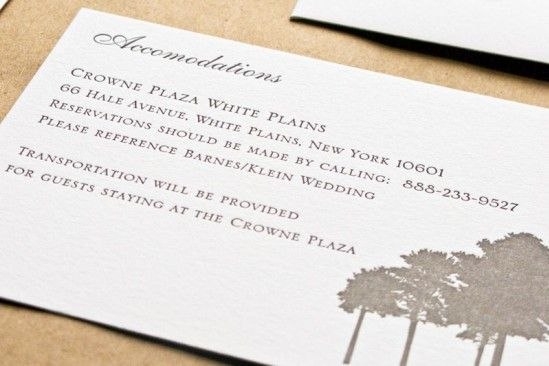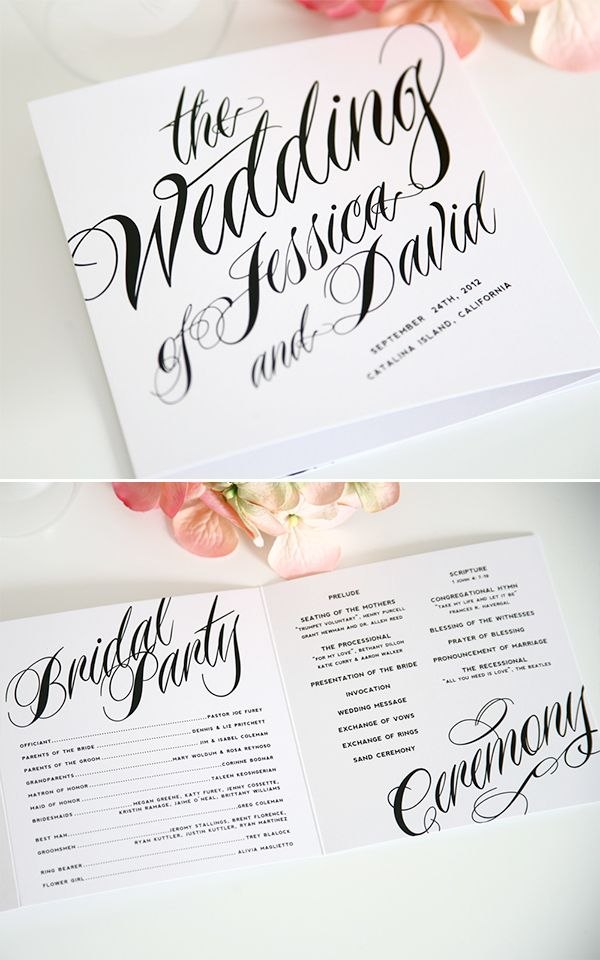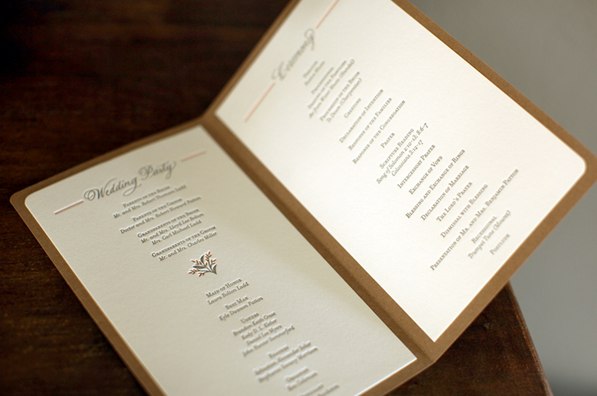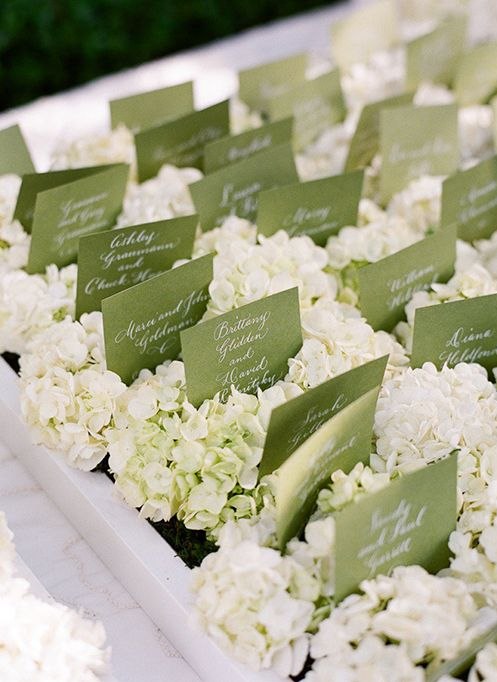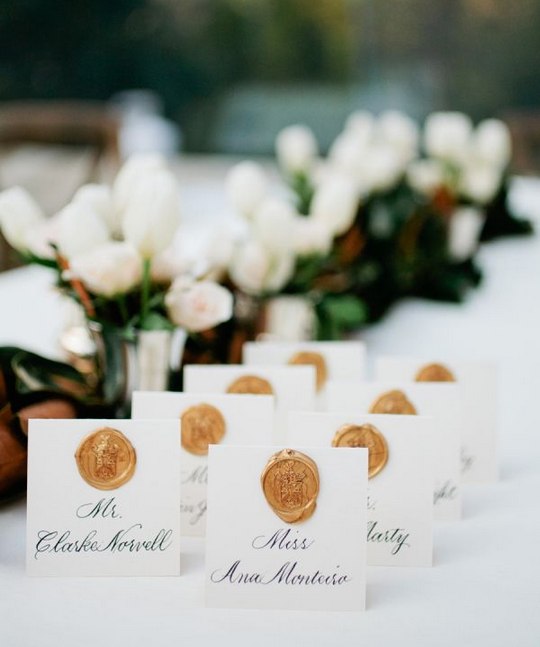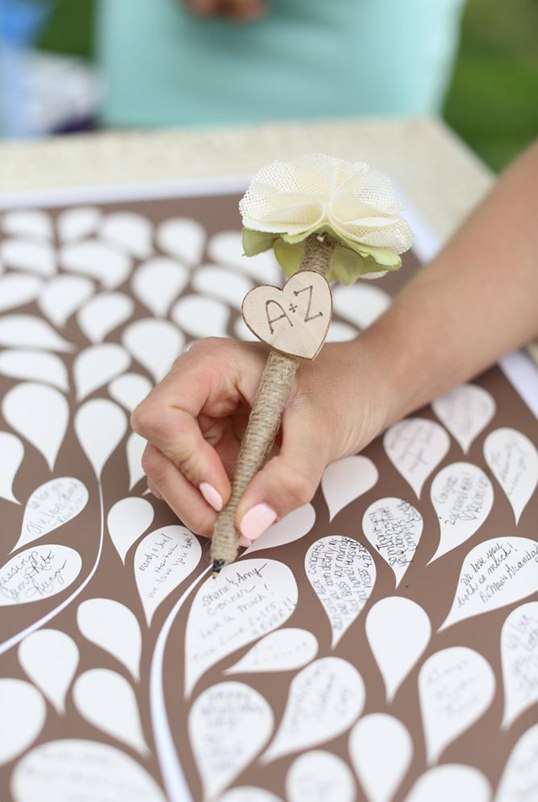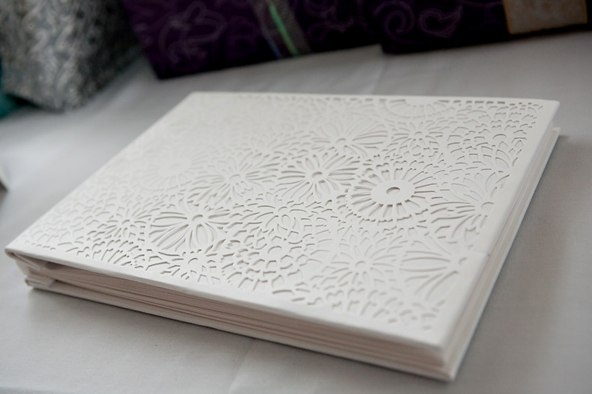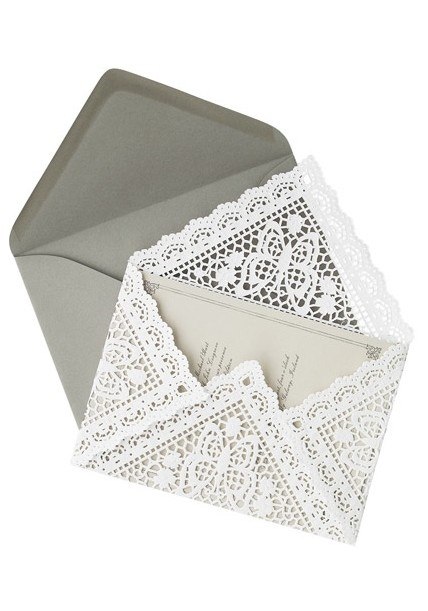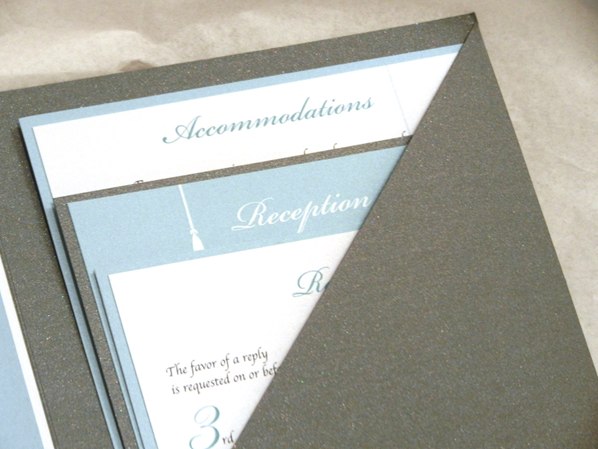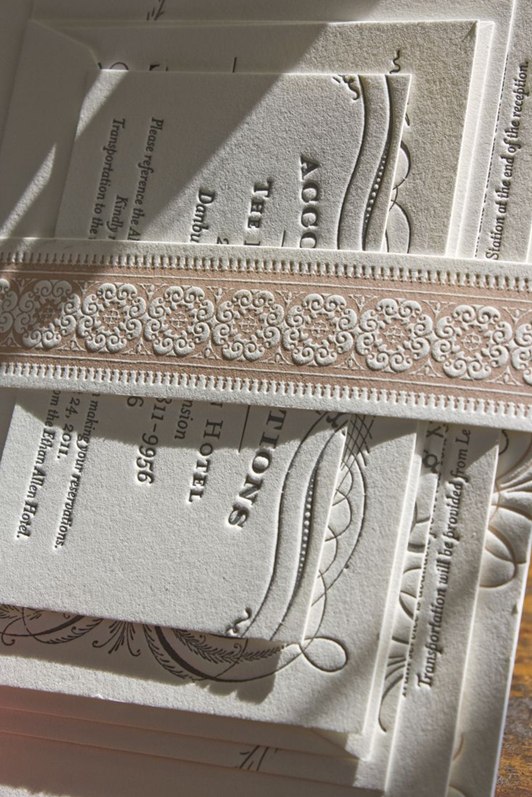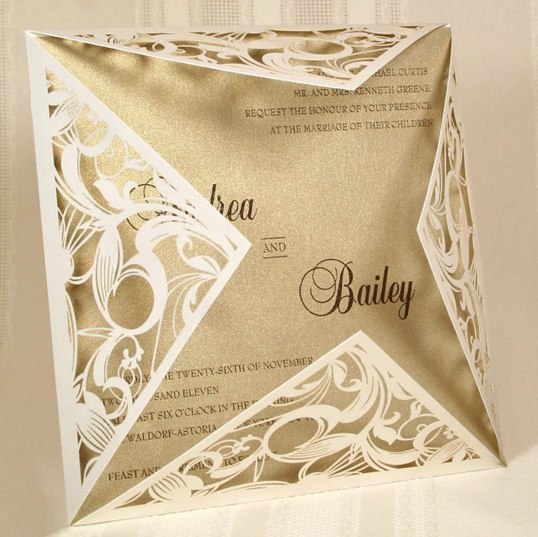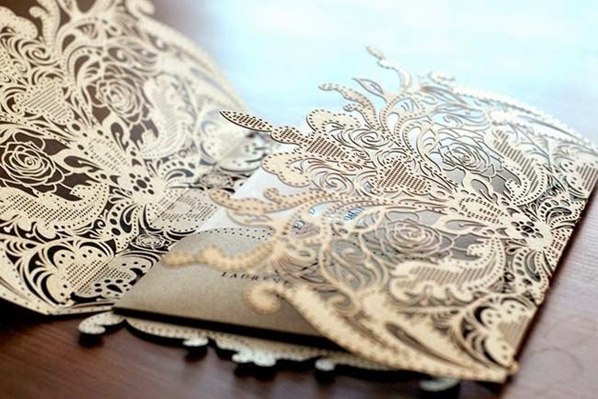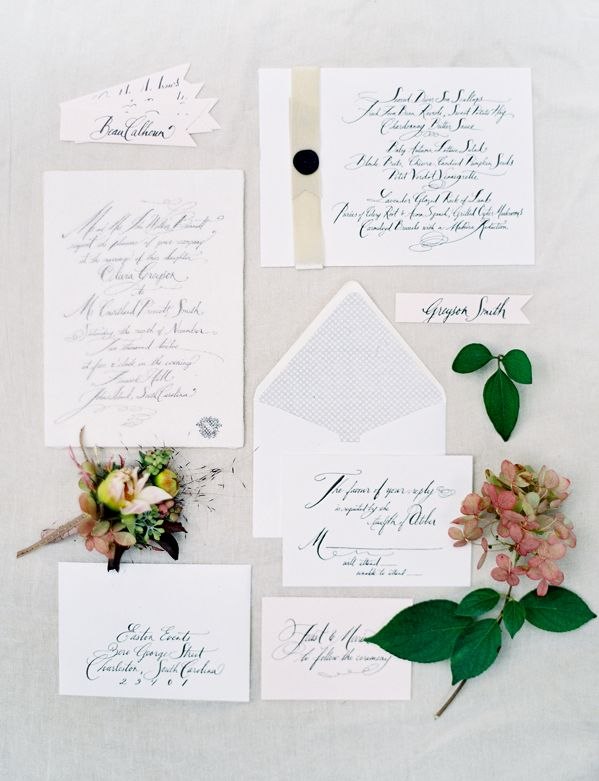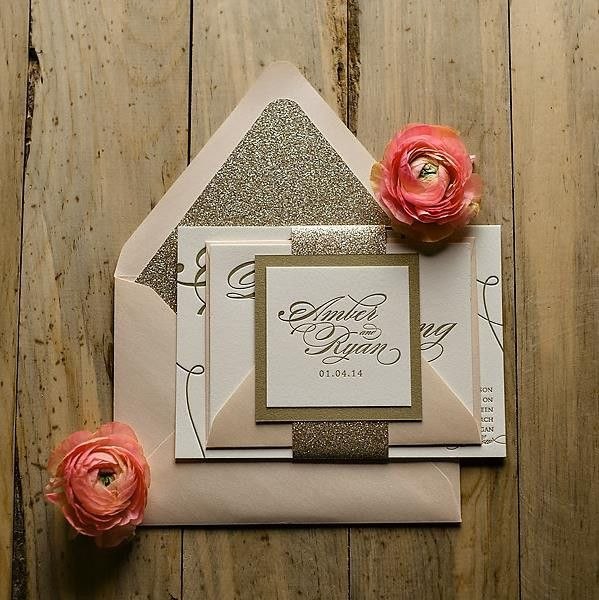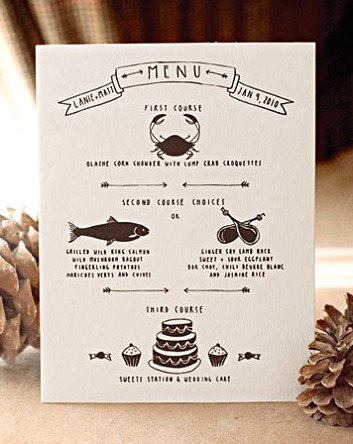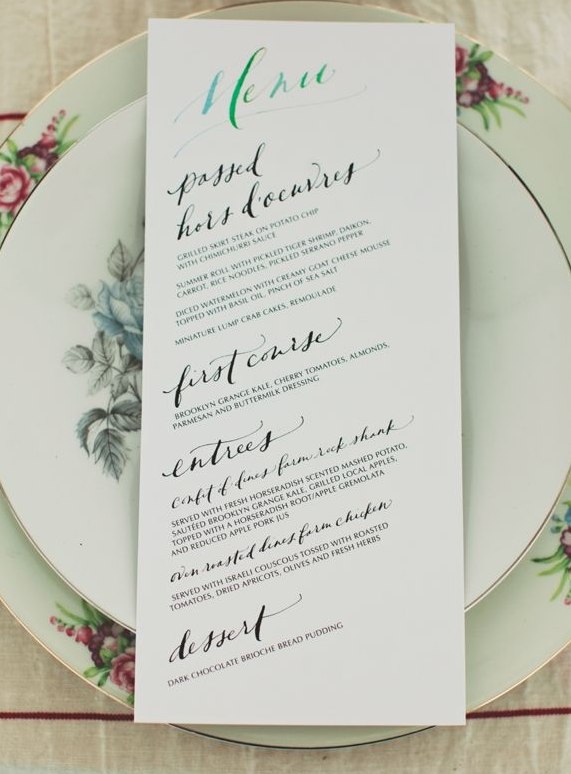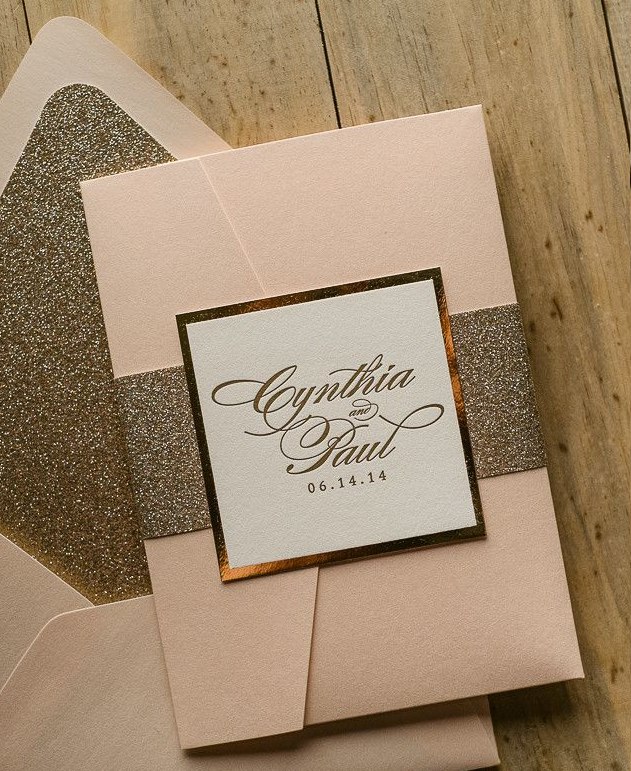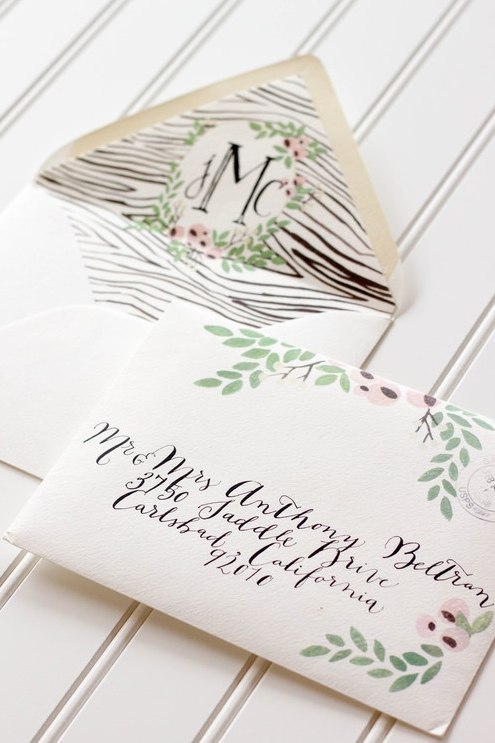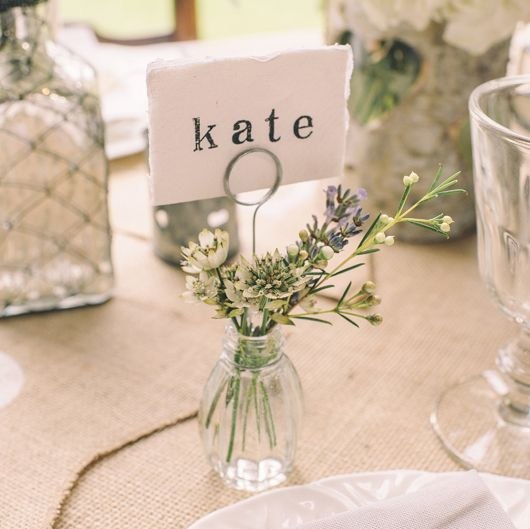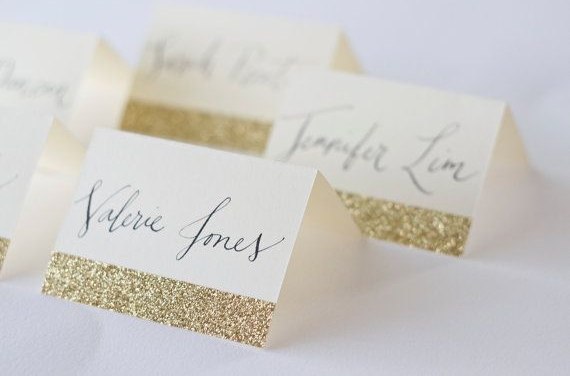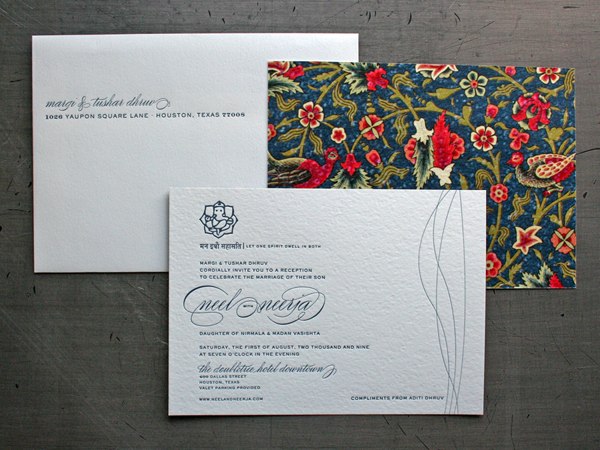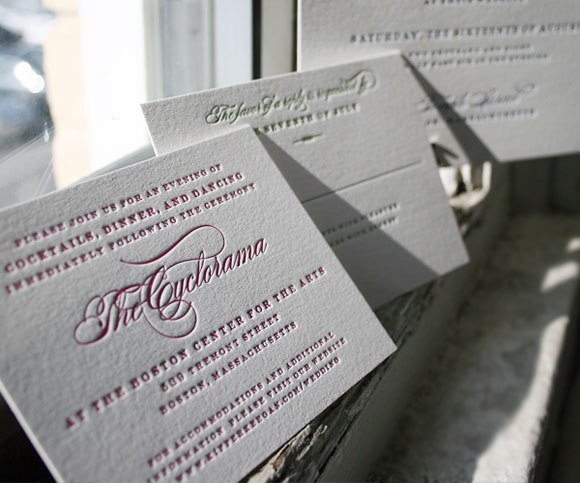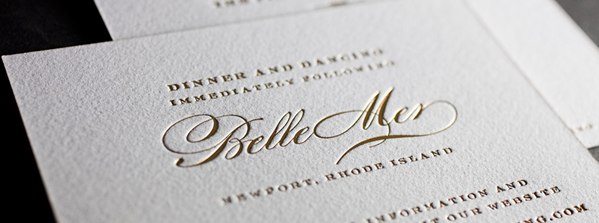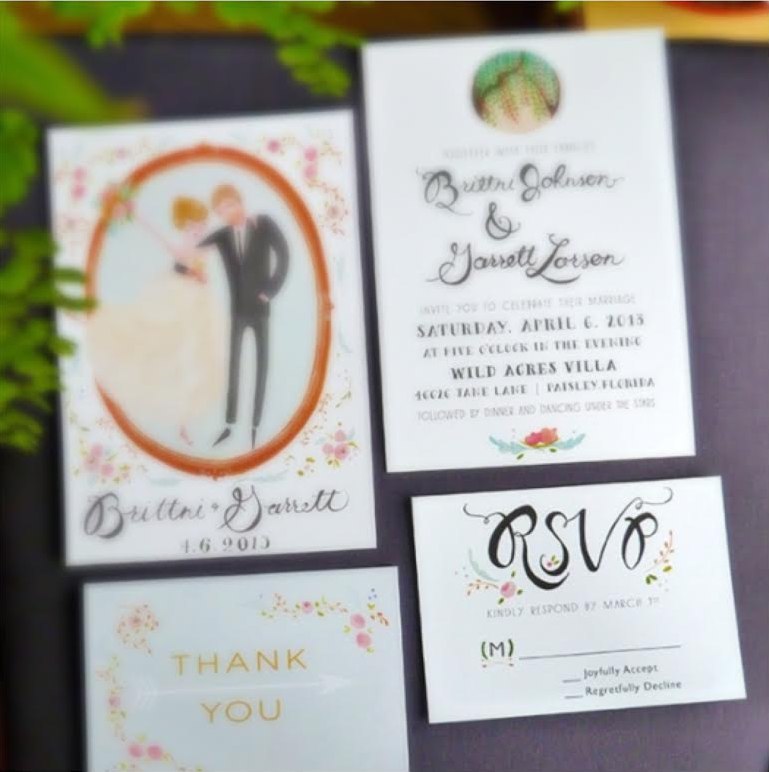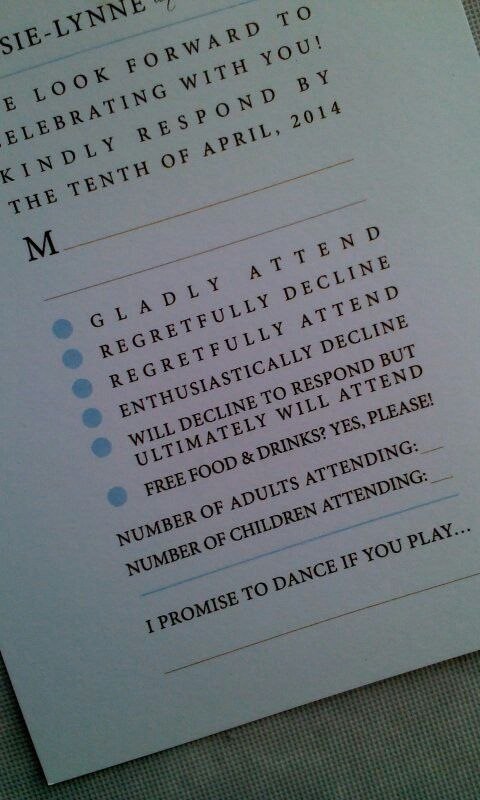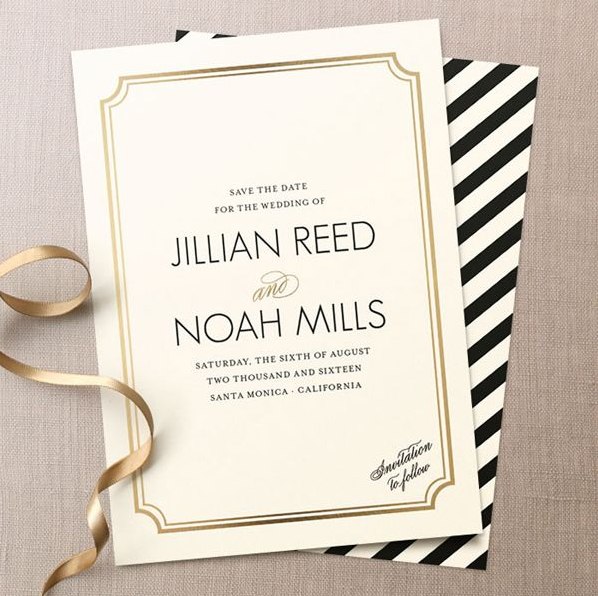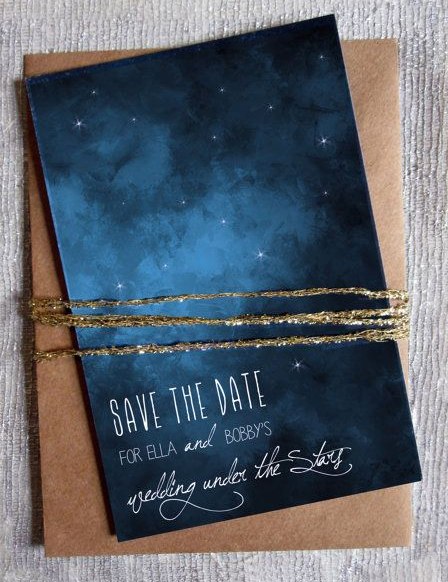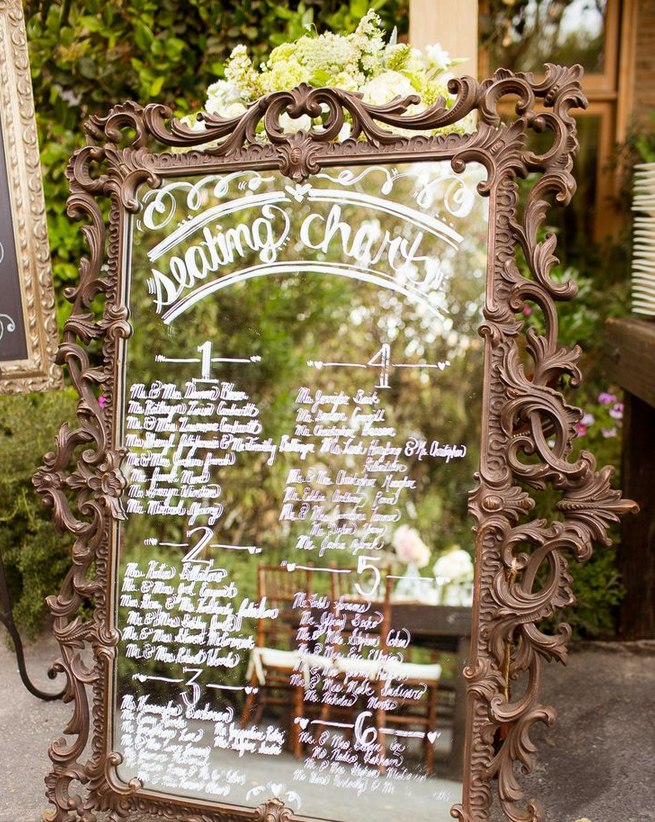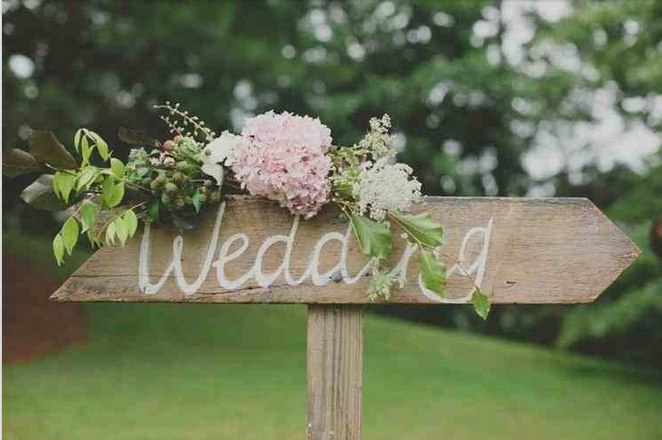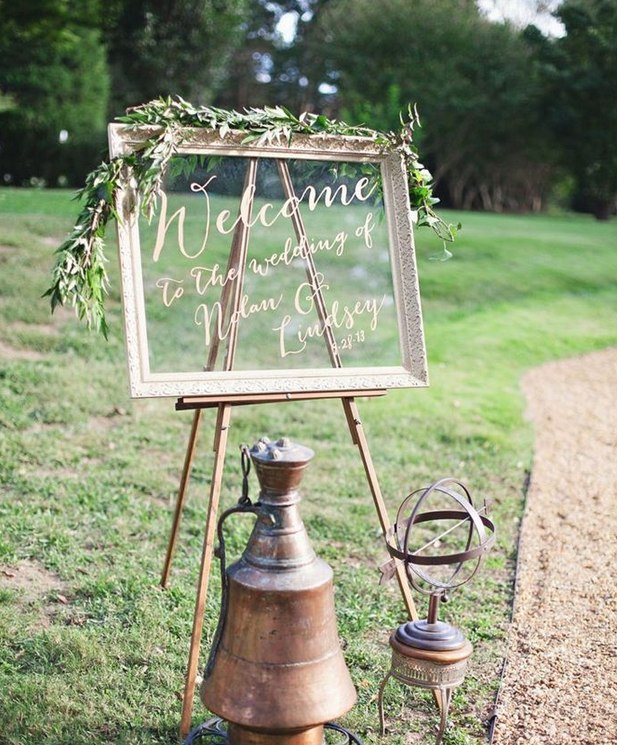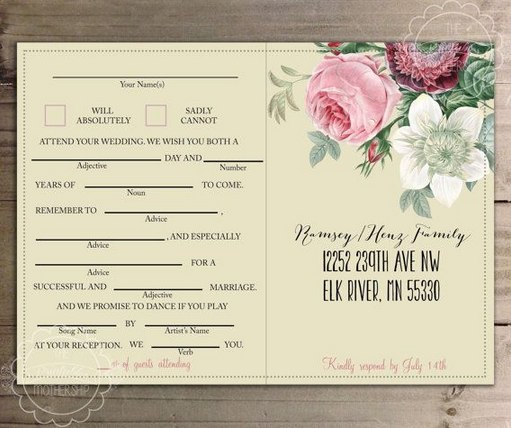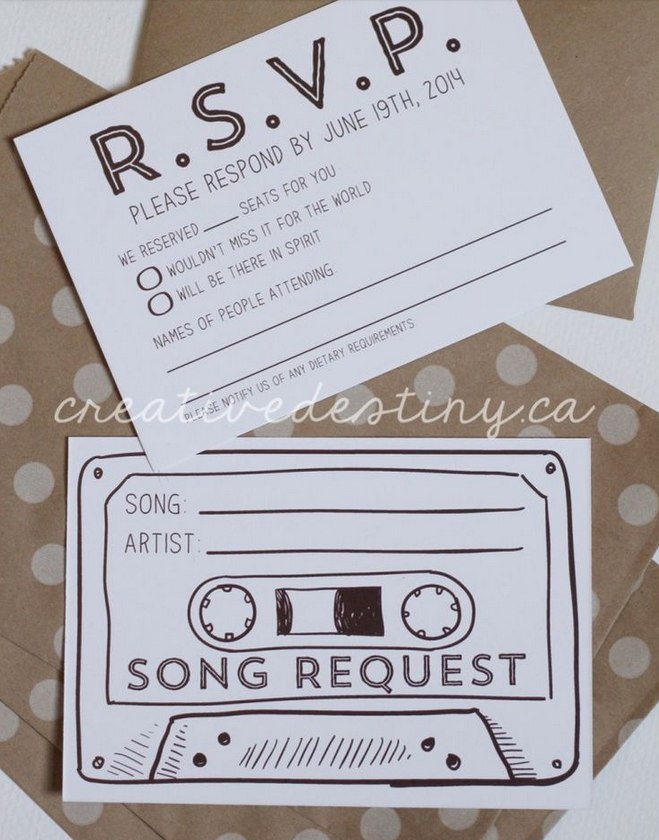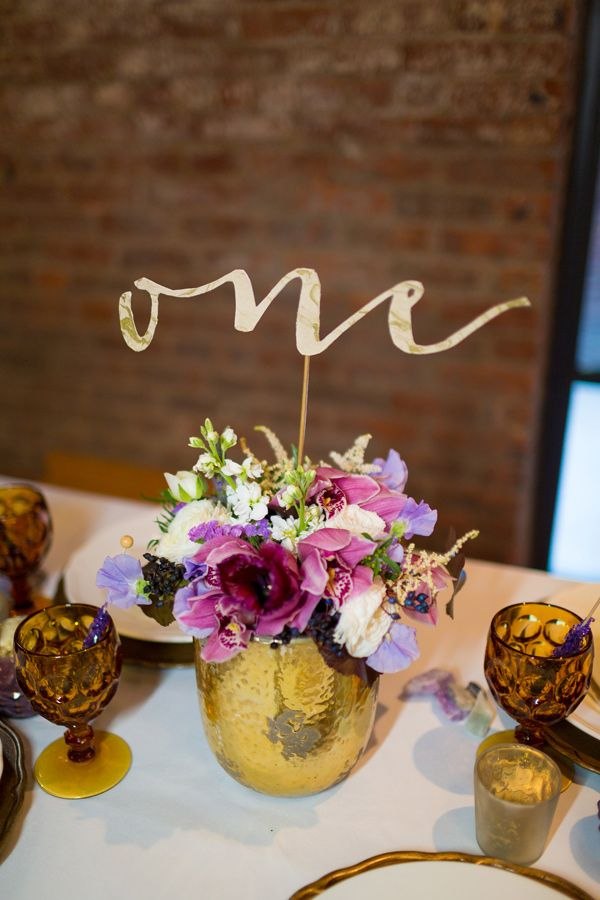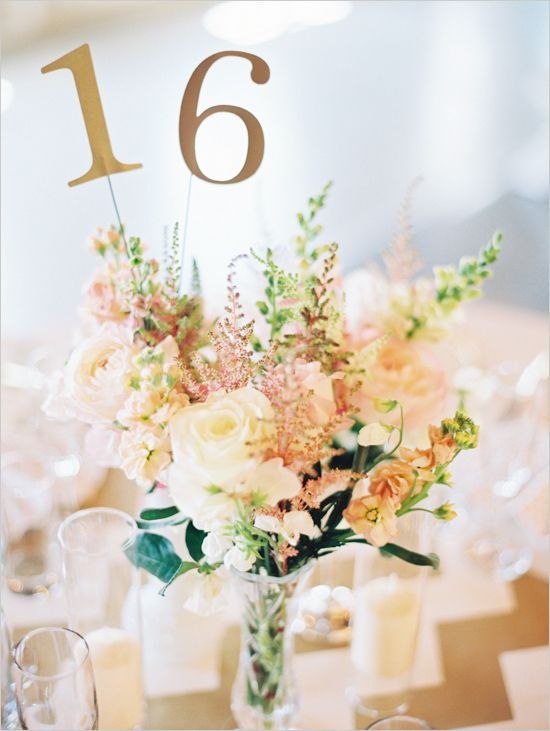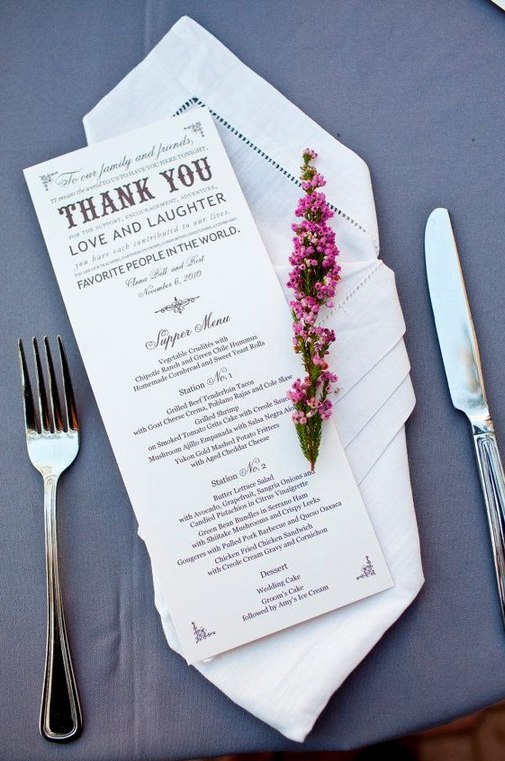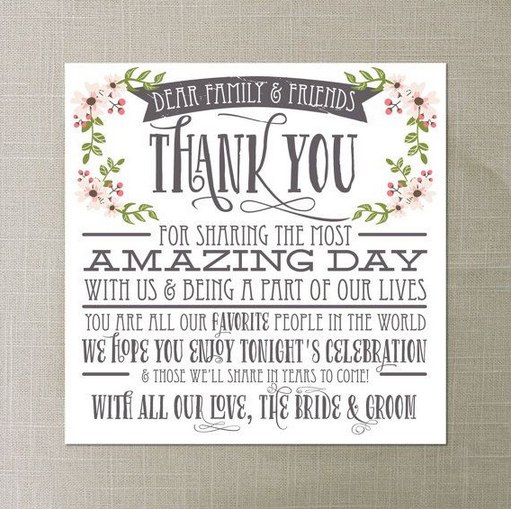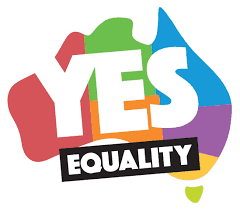The Unmissable A- Z Of Wedding Stationery [Photos]
Invitations take centre stage when you’re planning the paper elements of your wedding, but have you stopped to think about your other stationery needs?
From maps and signs, to tags and menus, we give you the rundown of all things papyrus.
(Courtesy burnettsboards.com)
Accommodations card
This is an insert card and it’s customarily sent with the official invitation, particularly if you have a destination wedding, or if there are plenty of out-of-town guests. Along with your accommodation options, include airport information, travel arrangements, local attractions and car hire companies. Any block bookings that you have made on behalf of your guests, must be added in here.
Ceremony programme
(Courtesy shineweddinginvitations.com)
(Courtesy perfectsettings.net)
Directions card
Escort cards
(Courtesy oncewed.com)
(Courtesy elizabethanndesigns)
Favour tags
Guestbook
(Courtesy thebridesofoklahoma.com)
(Courtesy thesweetestoccasion.com)
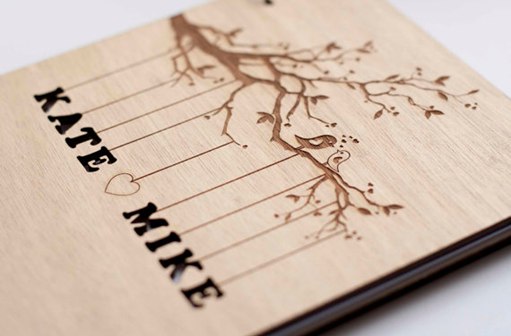
(Courtesy modwedding.com)
Inner envelope
(Courtesy intimateweddings.com)
(Courtesy theknot.com)
Insert/ enclosure cards
(Courtesy thegreenloftdesigns.com)
(Courtesy ohsobeautifulpaper.com)
Invitation
(Courtesy weddinginvitationscards.org)
(Courtesy invitesweddings.com)
Invitation suite
(Courtesy southernliving.com)
(Courtesy weddingchicks.com)
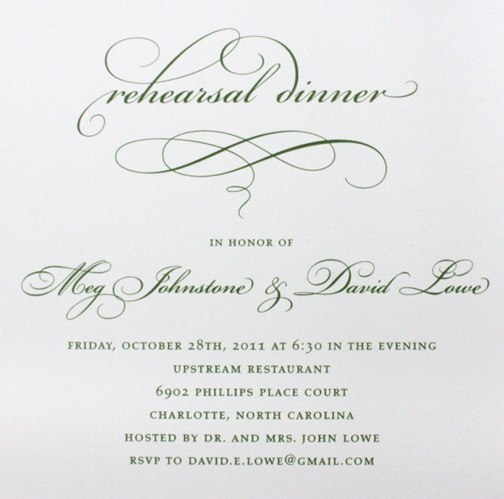
(Courtesy oncewed.com)
Menu
(Courtesy ohsobeautifulpaper.com)
(Courtesy etsy.com)
Outer envelope
(Courtesy justinviteme.com)
(Courtesy rusticfolkweddings.com)
(Courtesy theweddingofmydreams.co.uk)
(Courtesy etsy.com)
Reception card
(Courtesy bestpieces.com)
(Courtesy weddingaces.com)
(Courtesy bellafigura.com)
RSVP/ Response card
(Courtesy etsy.com)
(Courtesy weddingpapersivas.com)
(Courtesy www.ruffledblog.com)
(Courtesy etsy.com)
Seating chart
(Courtesy stylemepretty.com)
(Courtesy weddingchicks.com)
(Courtesy etsy.com)
(Courtesy paperandlace.com)
Song request card
(Courtesy etsy.com)
(Courtesy creativedestiny.ca)
Table numbers
(Courtesy weddingchicks.com)
(Courtesy weddingchicks.com)
Thank you card
(Courtesy etsy.com)
(Courtesy etsy.com)
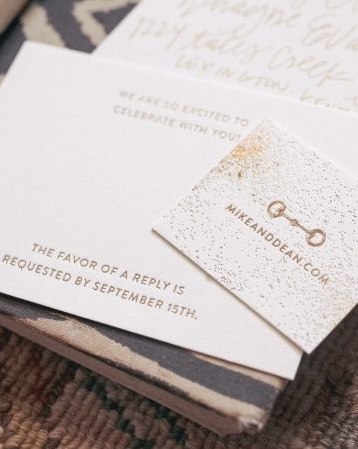
Courtesy www.marthastewartweddings.com
As you can see, the list of paper elements is vast, but they aren’t all necessary- your personal printing budget will depend on what you include in your wedding suite. Your printing costs will also escalate rapidly when you choose to laser cut your escort cards or add rhinestones to your invites. If you have the time, patience and skill to design your own wedding stationery, this will drastically reduce your expenses, but if everything has to be custom-made, do your homework, find a reasonable quote, and sacrifice superfluous printing!
Your wedding stationery should reflect your personality, and it should be customised through your choice of colour, font and wording. Design all your paper elements at the same time, to ensure there’s continuity, and use the same printing company, if possible, to secure a discounted rate.
Paper has had an undeniably valuable role throughout the history of mankind, and its function on your wedding day is no less prominent. While your memory is bound to fade over time, the printed and framed words to your first dance song, will not.

